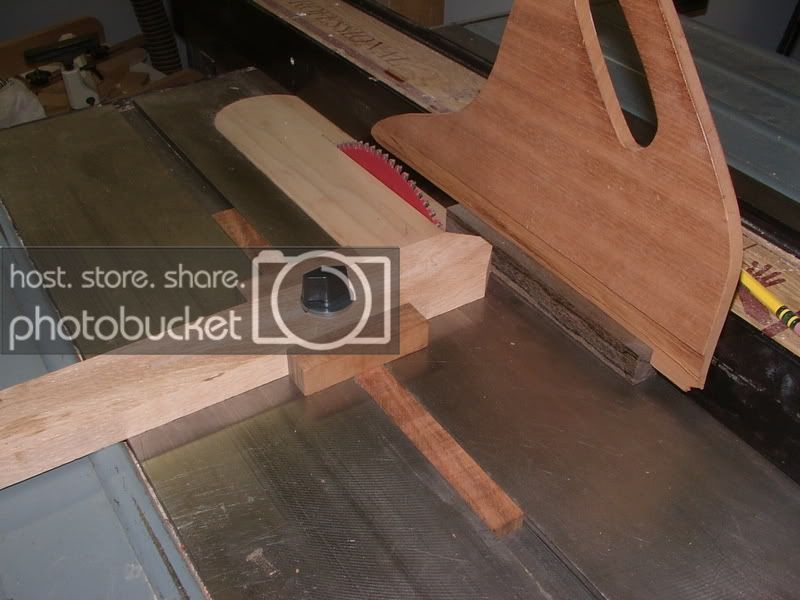Taff
Member
Hi. I have been considering spending $300 on one of the Vega Midi Lathe Duplicators. I am curious if they do a good job of rounding off acrylic blanks. I currently use a router table to take the edges off but am looking to speed up the process and also to take less risks with my fingertips on the router blade. Has anyone tried a duplicator on acrylic or truestone blanks? I would like to know if it is worth my time before shelling out the money for it. Regards, Taff

